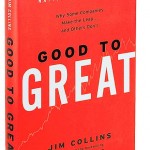
Songs By Request
On 9 Jan I offered on Facebook, for the first time, to write a song for anyone if they’d share something personal with me. The responses were amazing and kind of overwhelming. I read them all and many of them were hilarious. I picked one that resonated with me and wrote a song called You’re Failure Makes Me Happy and you can download it for free here.
But the requests kept coming! I’m so honored and impressed that people would share such personal stories with me. The following day a friend asked me to write a song for her husband’s 30th birthday. I wrote You’re Tired, You’re Old and you can download that one here. Again, the amount of details friends shared with me were hilarious and surprising.
All of this makes me ridiculously happy right now...


















